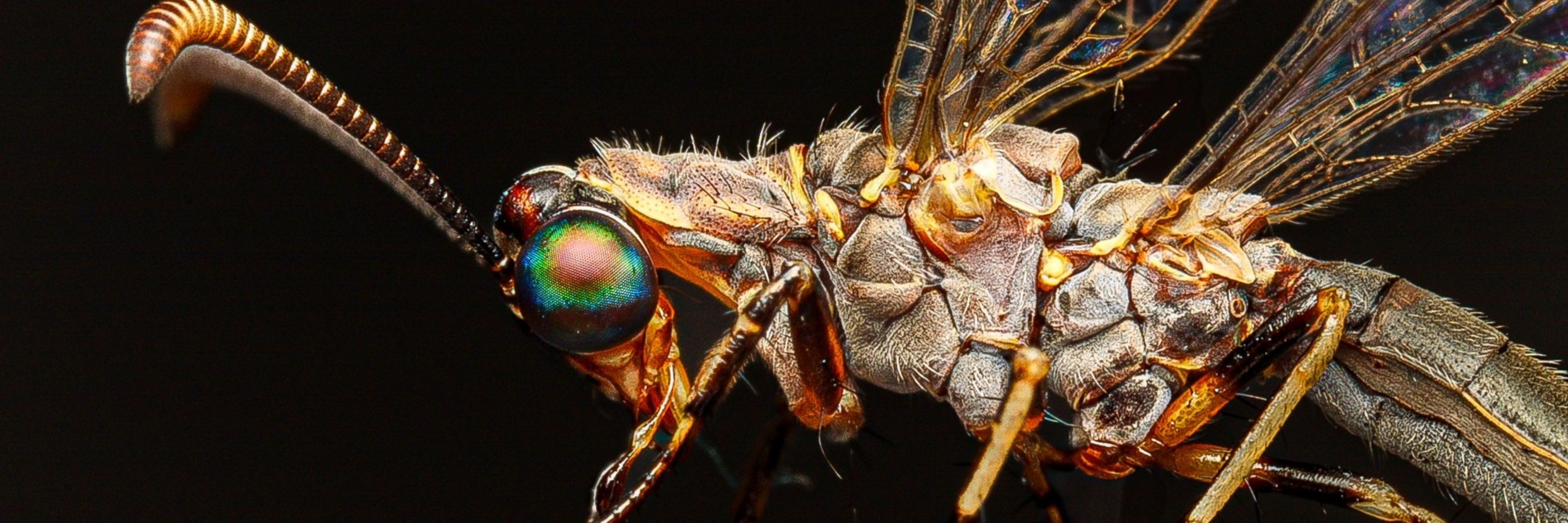
Macroarthropods
@macroarthropods.bsky.social
Brazilian zoologist, taxonomist, enthusiastic macro photographer of insects and other invertebrates. Visceral hate against extreme right.
Download, use for free, cite source.
https://www.instagram.com/macroarthropods/profilecard/?igsh=NDdqaW12OTlmYWk3
Download, use for free, cite source.
https://www.instagram.com/macroarthropods/profilecard/?igsh=NDdqaW12OTlmYWk3
E a meta vai recorrer. Querem apostar?
October 5, 2025 at 9:41 PM
E a meta vai recorrer. Querem apostar?
October 5, 2025 at 8:21 PM
Cool! Bookmarked and reading!
October 5, 2025 at 10:19 AM
Cool! Bookmarked and reading!
Wow! It is amazing! Thank you for sharing.
October 5, 2025 at 9:45 AM
Wow! It is amazing! Thank you for sharing.
Added in the thread
October 4, 2025 at 3:39 PM
Added in the thread
Siriema Photo
Author Halleypo
Author Halleypo
October 4, 2025 at 3:38 PM
Siriema Photo
Author Halleypo
Author Halleypo
The Cerrado accounts for approximately 5% of the world's species, making it the most biodiverse savanna on Earth.
Between 1998-2008 alone, 347 new vertebrate species were described in the Cerrado (222 fish, 40 amphibians, 57 reptiles, 27 mammals, 1 bird).
Between 1998-2008 alone, 347 new vertebrate species were described in the Cerrado (222 fish, 40 amphibians, 57 reptiles, 27 mammals, 1 bird).

October 4, 2025 at 3:27 PM
The Cerrado accounts for approximately 5% of the world's species, making it the most biodiverse savanna on Earth.
Between 1998-2008 alone, 347 new vertebrate species were described in the Cerrado (222 fish, 40 amphibians, 57 reptiles, 27 mammals, 1 bird).
Between 1998-2008 alone, 347 new vertebrate species were described in the Cerrado (222 fish, 40 amphibians, 57 reptiles, 27 mammals, 1 bird).
Mammals: ~199-200 spp
Birds: ~ 837-860 spp
Reptiles: ~120-180 spp
Amphibians: ~150-200 spp
Fish: ~800-1,200 spp
Insects: ~90,000 spp
Endemic Species:
Mammals: 11
Birds: 30
Amphibians: 72
Fish: ~200
Siriema bird
Licensed under the Creative Commons Attribution-Share Alike 3.0 Unported license.
Birds: ~ 837-860 spp
Reptiles: ~120-180 spp
Amphibians: ~150-200 spp
Fish: ~800-1,200 spp
Insects: ~90,000 spp
Endemic Species:
Mammals: 11
Birds: 30
Amphibians: 72
Fish: ~200
Siriema bird
Licensed under the Creative Commons Attribution-Share Alike 3.0 Unported license.

October 4, 2025 at 3:23 PM
Mammals: ~199-200 spp
Birds: ~ 837-860 spp
Reptiles: ~120-180 spp
Amphibians: ~150-200 spp
Fish: ~800-1,200 spp
Insects: ~90,000 spp
Endemic Species:
Mammals: 11
Birds: 30
Amphibians: 72
Fish: ~200
Siriema bird
Licensed under the Creative Commons Attribution-Share Alike 3.0 Unported license.
Birds: ~ 837-860 spp
Reptiles: ~120-180 spp
Amphibians: ~150-200 spp
Fish: ~800-1,200 spp
Insects: ~90,000 spp
Endemic Species:
Mammals: 11
Birds: 30
Amphibians: 72
Fish: ~200
Siriema bird
Licensed under the Creative Commons Attribution-Share Alike 3.0 Unported license.
I can think of at least one hypothesis. This could involve Batesian mimicry, since Euglosini bees have stings that can be used as a defence against predators. The sting of a female Euglosini is less painful than that of a honey bee and, unlike honey bees, these bees can sting repeatedly.
August 18, 2025 at 11:00 AM
I can think of at least one hypothesis. This could involve Batesian mimicry, since Euglosini bees have stings that can be used as a defence against predators. The sting of a female Euglosini is less painful than that of a honey bee and, unlike honey bees, these bees can sting repeatedly.

